
Experts reveal the five foods that seriously affect your eyesight including one many of us eat every day
A healthy, balanced diet is commonly linked to weight management and overall fitness, but what if it could also be a crucial factor in preserving our eyesight? Medical professionals have long known the importance of diet in relation to eye health, yet it’s a topic often overlooked in favor of focusing on weight and body image. However, recent studies and expert opinions have shed light on the profound effect our food choices can have on vision, particularly in the development of age-related macular degeneration (AMD), one of the leading causes of vision loss in older adults.
In this article, we explore the five foods that experts warn could seriously affect your eyesight, including some unexpected choices that are commonly found in many households. From everyday snacks to fast foods, these foods might be contributing to the damage that can lead to irreversible sight problems.
What is Age-Related Macular Degeneration (AMD)?
Age-related macular degeneration (AMD) is a common eye disease that affects millions of people, especially as they age. AMD damages the macula, the part of the eye responsible for central vision, leading to a blurry or distorted field of vision. In the United States, the National Eye Institute reports that AMD is the leading cause of vision loss for those over the age of 60.
While aging is a major factor in the development of AMD, research has increasingly suggested that diet plays a significant role in both the onset and progression of the disease. This revelation highlights the importance of making healthy dietary choices to help prevent or slow the progression of vision-related issues.
The Five Foods That Can Harm Your Eyesight
- White Bread: A Sneaky Culprit for Vision Loss
It may be a staple in many diets, but white bread could be doing more harm to your vision than you think. White bread, along with other foods high in refined carbohydrates, has been associated with the development of AMD. According to the National Institutes of Health, studies show that foods with a high glycemic load, such as white bread, can contribute to the onset and progression of AMD.
A 2017 study conducted by researchers at the National Institutes of Health examined the effects of low and high glycemic diets on mice. The study found that mice fed a high glycemic diet developed signs of retinal damage as they aged. However, when the mice were switched from a high glycemic to a low glycemic diet, the buildup of harmful metabolic factors in the eye tissues was delayed or even reversed. This study provides compelling evidence that the foods we eat, especially those with high glycemic loads like white bread, can contribute to eye health deterioration over time.
- French Fries: Delicious but Damaging
French fries-who doesn't love them? Unfortunately, these popular comfort foods belong to the high glycemic category and can have a similar negative impact on your eyes as white bread. The National Institutes of Health explains that foods with a high glycemic load cause rapid spikes in blood sugar levels. These fluctuations can damage retinal blood vessels, which increases the risk of developing AMD.
Repeated consumption of high-glycemic foods like french fries leads to continuous blood sugar spikes, which can cause cumulative damage to the blood vessels in the retina. As the damage builds, the risk of developing conditions like AMD becomes significantly higher.
- Rice Cakes: A So-Called Healthy Snack Gone Wrong
Often touted as a healthy snack, rice cakes can be just as damaging to your eyesight as other high-glycemic foods like white bread and french fries. While rice cakes may seem like a light and healthy option, they are made primarily from processed rice, which has a high glycemic index. Consuming rice cakes can lead to rapid spikes in blood sugar levels, which, over time, can damage retinal blood vessels and increase the risk of AMD.
Though rice cakes are often marketed as a better alternative to traditional snacks, their glycemic load is comparable to that of french fries and white bread. This makes them an unexpected yet significant contributor to long-term vision problems.
- Processed Cheese Slices: More Harmful Than You Think
That convenient slice of processed cheese might not be as harmless as it seems. While it may add flavor to sandwiches or burgers, processed cheese is often packed with sodium. According to Medical News Today, excessive sodium intake has been linked to high blood pressure, which can, in turn, affect the blood vessels in the retina. This condition, known as hypertensive retinopathy, can cause long-term damage to the retina and contribute to vision loss.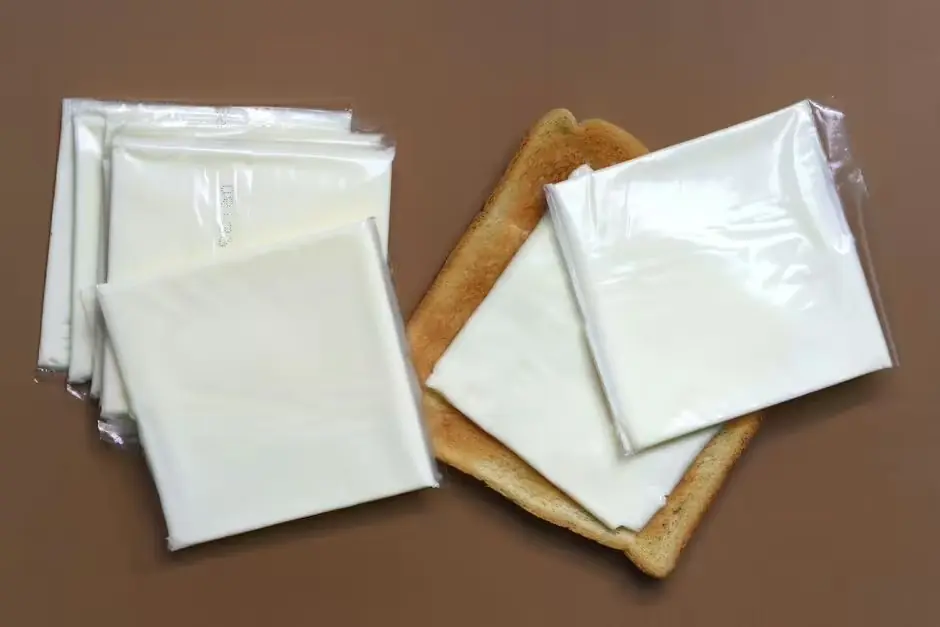
Processed cheese have a high sodium count (Image: Getty)
Hypertensive retinopathy occurs when elevated blood pressure damages the small blood vessels in the eyes. This condition can lead to vision problems, including blurred vision and even permanent sight loss if left untreated. Reducing sodium intake by limiting processed cheese and other salty foods can help prevent hypertension-related damage to the eyes.
- Bacon: Delicious, But Not Eye-Friendly
Bacon might be a favorite for many, but it is also one of the foods most closely linked to AMD due to its high cholesterol content. Foods high in cholesterol, such as bacon, red meat, and sausages, contribute to the accumulation of plaque in the blood vessels. This buildup can block the blood supply to the eye, affecting the central vision.
According to Medical News Today, high-cholesterol foods disrupt the healthy functioning of blood vessels throughout the body, including those in the eyes. This leads to a decreased blood flow to the macula, the area responsible for sharp, central vision, increasing the risk of developing AMD. Limiting foods high in cholesterol can help protect the eyes and maintain good circulation.
The Symptoms of Age-Related Macular Degeneration
The symptoms of AMD vary depending on the stage and type of the disease. There are two main types of AMD: dry AMD, which is the more common form, and wet AMD, which is considered more advanced and can cause rapid vision loss.
In the early stages of AMD, people may notice that straight lines appear wavy or distorted. Over time, a blurry spot may form near the center of the vision, which gradually gets larger. This can make it more difficult to read, drive, or recognize faces.
As AMD progresses, colors may appear dimmer, and individuals may find it more challenging to see in low-light conditions. In some cases, people with wet AMD may experience sudden vision loss, which can happen very quickly.
Currently, there is no cure for early-stage AMD. However, special dietary supplements are available for people with intermediate AMD to help slow the progression of the disease. To prevent AMD from developing or worsening, doctors recommend a combination of regular physical activity, maintaining healthy blood pressure and cholesterol levels, and consuming a diet rich in antioxidants, leafy green vegetables, and fatty fish.
Foods That Protect Your Eyesight
While certain foods can contribute to vision problems, others can help protect and preserve your eyesight. Experts recommend a diet rich in omega-3 fatty acids, vitamin C, vitamin E, and zinc, all of which play a vital role in maintaining eye health. Foods like salmon, spinach, kale, and nuts are excellent choices for supporting healthy vision.
In addition, consuming foods that are rich in lutein and zeaxanthin, two antioxidants found in high concentrations in the retina, can help protect against oxidative damage. These antioxidants are found in foods like eggs, corn, and orange peppers, which can all be part of a diet that promotes eye health.
Conclusion: Eye Health Starts with Diet
As we have seen, the foods we eat can have a profound impact on our eye health. Age-related macular degeneration is a leading cause of vision loss, and diet plays a key role in both the prevention and progression of the disease. While many of us might not think twice about eating foods like white bread, french fries, and bacon, it’s important to recognize their potential effect on our eyesight.
By making conscious food choices and focusing on a balanced diet rich in nutrients, antioxidants, and healthy fats, we can help protect our eyes and reduce the risk of developing AMD. So next time you sit down for a meal, think about the long-term impact your food choices might have on your vision-your eyes will thank you for it.
News in the same category

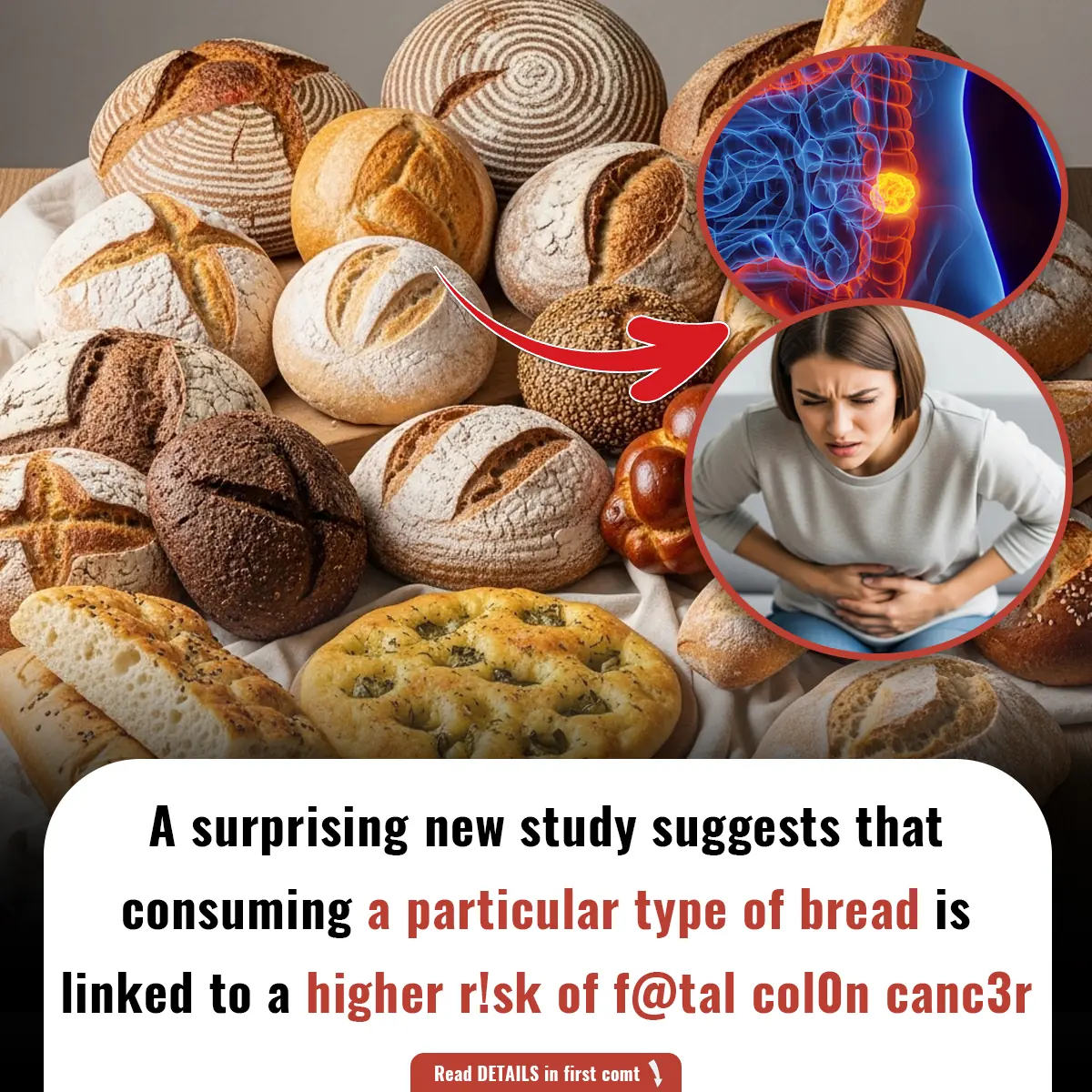
A surprising new study reveals that consuming a particular type of bread is linked to a higher r!sk of f@tal col0n canc3r
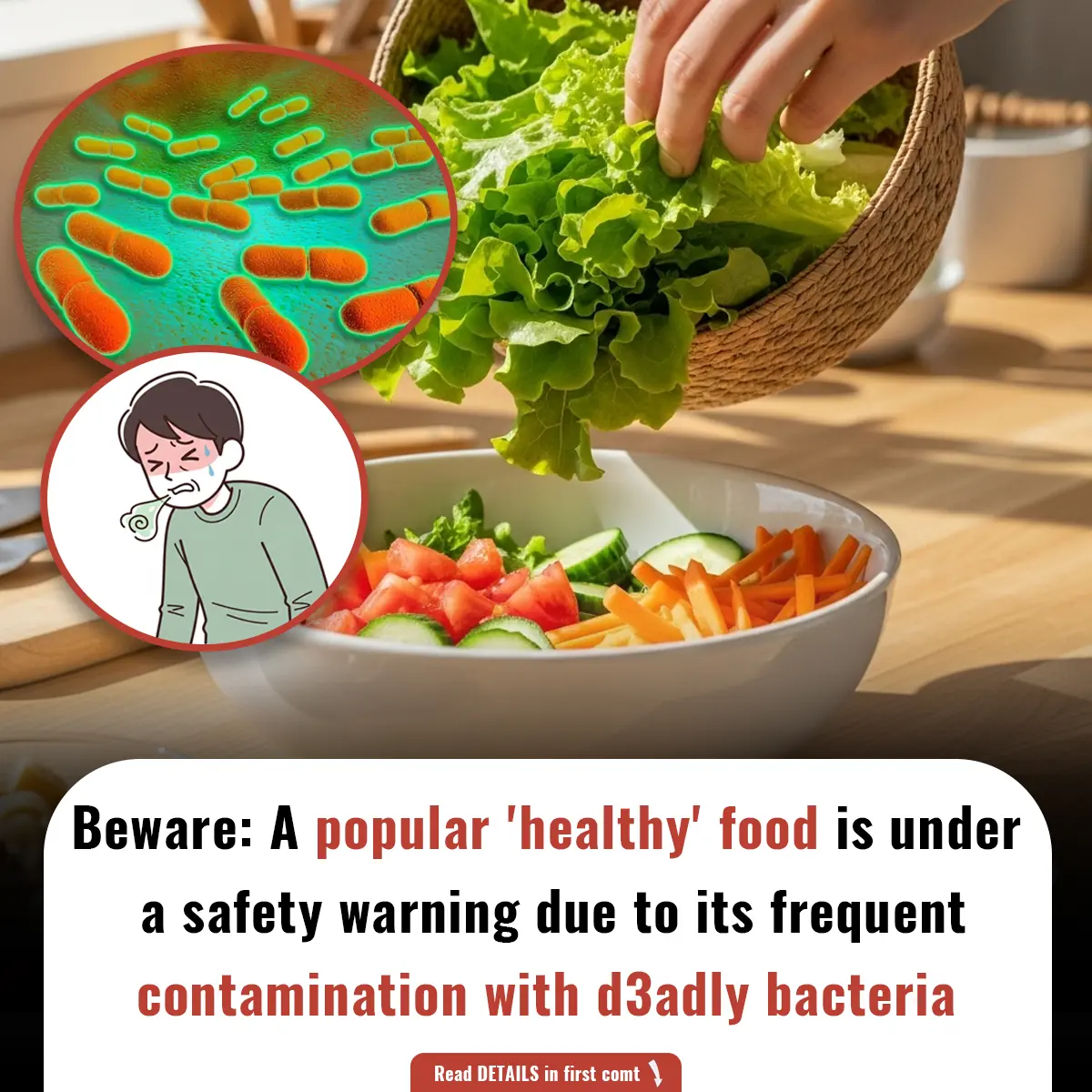
Beware: A popular 'healthy' food is under a safety warning due to its frequent contamination with d3adly bacteria

9 Things That Happen to Your Body When You Don't Have Intimacy for a While
From increased stress and poor sleep to a weakened immune system and reduced cognitive function, the absence of intimacy can take a toll on the body.

If You Have These Tiny Red Dots On Your Arm, Do Not Ignore The Warning Signs
If you experience any of the symptoms of scabies, such as itching, red spots, or rashes, it is crucial to consult a healthcare provider as soon as possible.

Silent Signals: Subtle Signs of Kidney C@ncer You Shouldn't Ignore

3 Common Vegetables Harboring Hidden P@r@sites: A Silent Health Threat
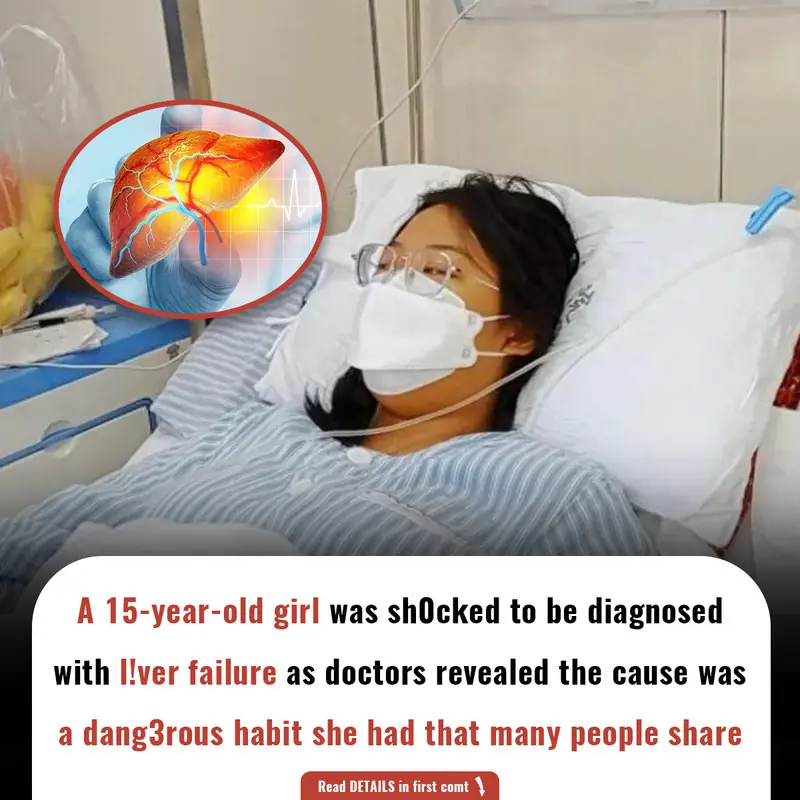
15-Year-Old Girl Diagnosed with Acute Liver Failure: The Dangers of Self-Medication
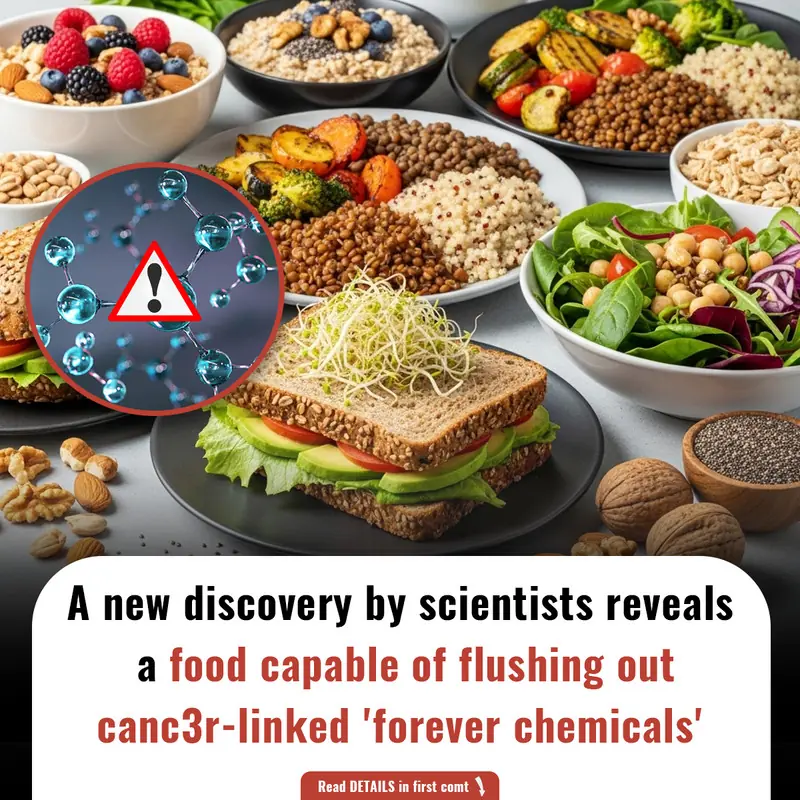
Fiber May Help Flush Out T0xic ‘Forever Chemicals,’ New Study Suggests

Unusual Skin C@ncer Symptoms: How to Spot Warning Signs on Your Lips and Fingernails
Discover two lesser-known skin c@ncer symptoms that may appear on your lips and nails. Learn how to spot the early signs of skin c@ncer and the steps you can take to reduce your risk.
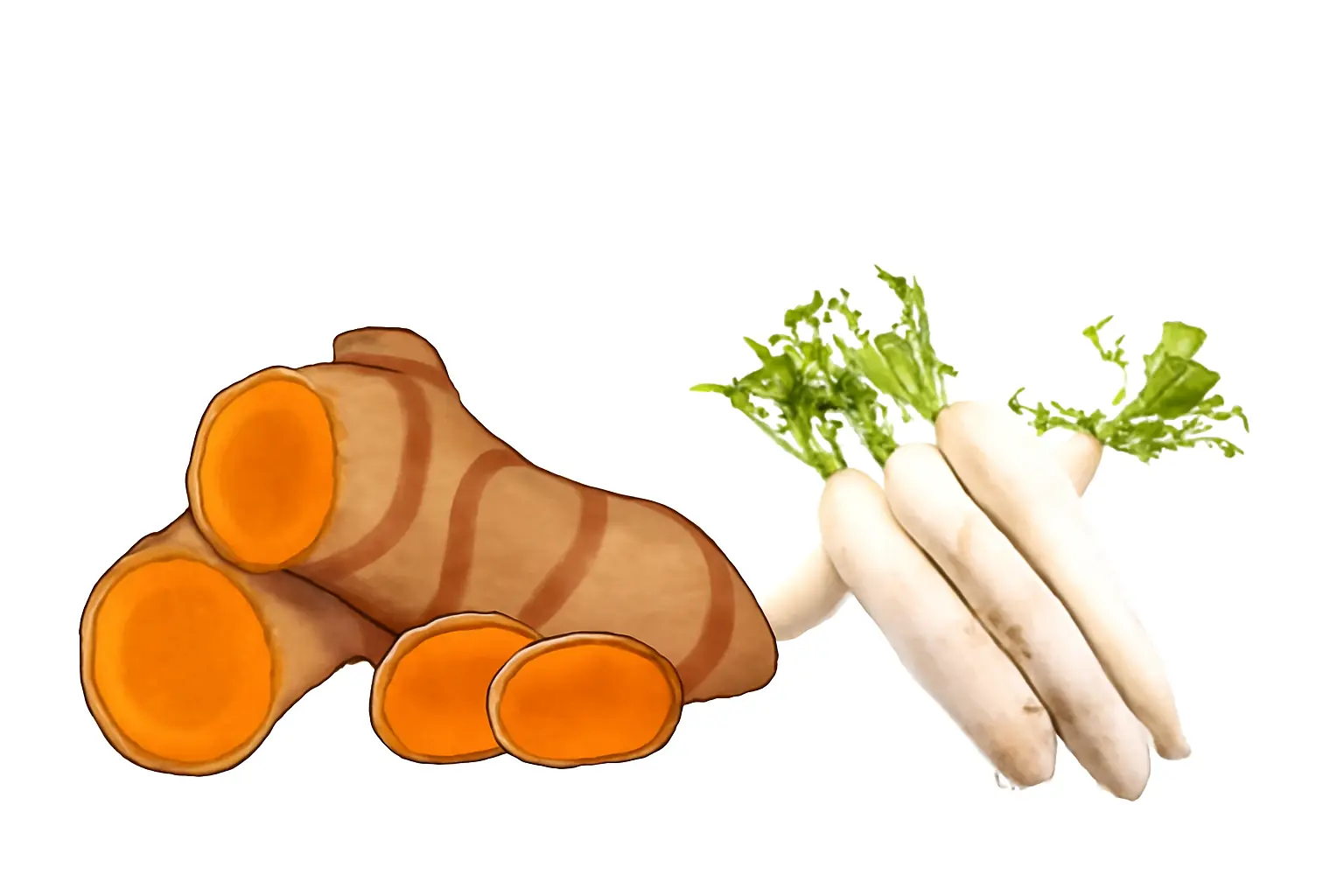
4 Vegetables Beneficial for Liver Health: Naturally Supportive in Lowering Liver Enzyme Levels

12 Early Signs of Liver Disease You Should Never Ignore
Learn the 12 warning signs of liver disease, from yellowing skin to memory changes. Early detection is key to preventing serious complications. Find out what to watch for and when to consult a gastroenterologist.

6 Common Foods You Should Never Store in the Fridge – #4 Is a Huge Mistake

How to Prevent and Reduce Age Spots: Tips for Healthier, Brighter Skin
Learn how to prevent and reduce age spots with expert tips on skincare, at-home treatments, and dermatologist-approved procedures. Get a clear, glowing complexion and tackle dark spots effectively.

Beware of This Common Mistake with Your Washing Machine Drawer: 80% of Users Do It Wrong – Here’s Why Your Clothes Aren’t Fresh!

Is It Safe to Pee in the Shower? Here's What You Need to Know
Is peeing in the shower safe or sanitary? Discover the environmental benefits, health implications, and considerations for using the shower drain instead of the toilet.
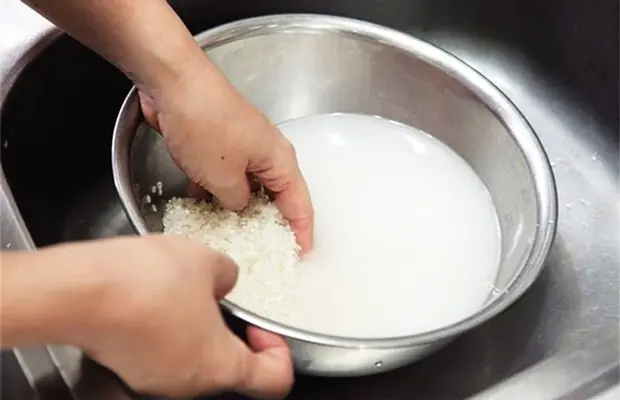
The Hidden Dangers of Washing Rice in the Rice Cooke
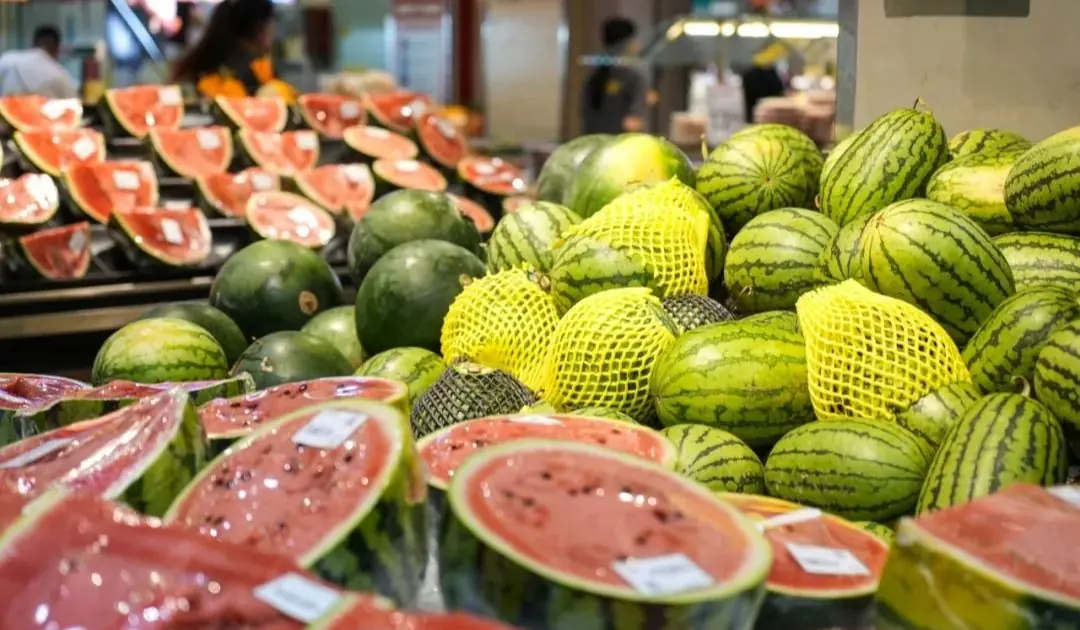
Why Do Vendors Cut Watermelons and Leave Them on Display?

Golden Eyes: How Gold Nanoparticles Could One Day Restore Vision in People with Retinal Disorders
Discover how gold nanoparticles could revolutionize the treatment of macular degeneration and retinal disorders. A breakthrough study shows how this non-invasive approach could help restore vision without surgery.

Understanding Nail Pitting in Psoriasis
News Post

Family Feud Over Inheritance: Sisters Fight Over Promise in Father's Will—Is the Estate Really Fair?
A daughter was promised financial help for a car, but when her father passed, her sisters refused to honor it. A bitter argument over the will spirals into a family feud. Who's in the right? A deep dive into sibling rivalry, betrayal, and the price of pro

Unraveling the Secrets: How My Husband’s Hidden Past Shattered Our Life—A Mysterious Twin and Sh0cking Revelations
What happens when the man you love reveals a hidden past? A mysterious twin sister, a prison sentence, and a web of l!es leave a wife questioning everything. Can love survive betrayal, or is the truth too much to bear?

Researchers in a major study have uncovered a common sleep habit that is associated with an increased r!sk of early d3ath

A surprising new study reveals that consuming a particular type of bread is linked to a higher r!sk of f@tal col0n canc3r

Beware: A popular 'healthy' food is under a safety warning due to its frequent contamination with d3adly bacteria

The Great Office Lunch Heist: How I Ended Up Locking My Food, Making Peace, and Discovering a New Side of My Coworker
A frustrated office worker locks his lunch away after repeated thefts. What ensues is a humorous but heartfelt confrontation that leads to a surprising resolution. Can a simple locked fridge bring understanding between coworkers?

The Hidden Locket: A Wife's Heartbre@king Discovery of Her Husband’s Betrayal and the Dark Secret That Changed Everything
A wife stumbles upon a hidden locket and uncovers a web of l!es that shatters her trust and her marriage. Secrets, betrayal, and family ties unravel in this gripping tale of love, heartbreak, and the price of hidden truths.

When a Lowe's Employee Sat on the Floor for an Hour to Help a Dis@bled Dog - This Story Will Restore Your Faith in Humanity
Meet Andy from Lowe's in Wilkesboro, NC - the employee who spent his lunch break engineering a wheelchair solution for rescue dog Baxter. What happened next will warm your heart.

From the Streets to Success: How a Handful of Kindness Changed Will's World
Discover the incredible true story of Will, a former homeless man battling addiction, whose life was transformed by an unexpected friendship and a few acts of kindness, proving the immense power of human connection.

A Roadside Revelation: How One Officer's Kindness Taught a Life-Changing Lesson
Discover the powerful, true story of an unexpected encounter with Officer Nathan Taylor, whose selfless act of kindness transformed a stranger's perception and left a lasting message: "Be good, now, not later."

Johnny’s Selfless Act: Cutting Grass for Free to Protect a Neighbor’s Children
Johnny cuts a neighbor’s grass for free to protect her kids, showing true kindness. Read his story! ❤️🌱

From Struggle to Success: A Grandmother and Grandson’s Roadside Vegetable Stand Story
A grandmother and grandson turn a vegetable plot into a roadside stand, healing through farming. Read their story! ❤️🌿

When a Traffic Stop Turned into an Act of Kindness: Meet Officer Jenkins
Discover the amazing true story of a police officer in Montana who went beyond duty to fix a driver's brake lights, saving him a bill and sharing a powerful lesson in unexpected kindness and human connection.

9 Things That Happen to Your Body When You Don't Have Intimacy for a While
From increased stress and poor sleep to a weakened immune system and reduced cognitive function, the absence of intimacy can take a toll on the body.

The Price of Betrayal: How Money Undermined Our Relationship
In a relationship where trust and shared goals were once the foundation, a trip fund mishap sparks an explosive conflict between a young couple. Can they rebuild after betrayal, or will financial misalignment lead them to an irreversible breakup?

If You Have These Tiny Red Dots On Your Arm, Do Not Ignore The Warning Signs
If you experience any of the symptoms of scabies, such as itching, red spots, or rashes, it is crucial to consult a healthcare provider as soon as possible.
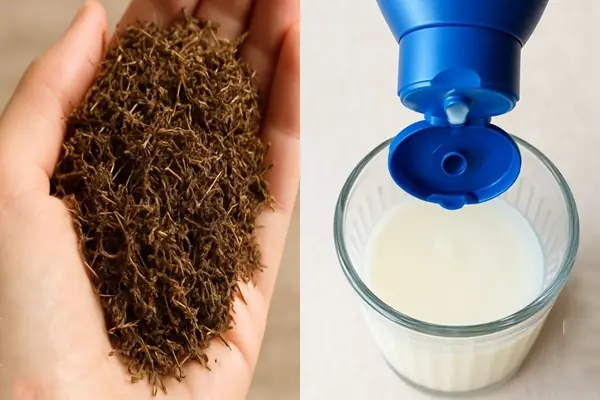
Effective Natural Remedies to Reverse Hair Baldness: DHT Blocker and Hair Loss Reversing Packs
The DHT Blocker Pack and Hair Loss Reversing Pack provide targeted treatments for boosting hair growth, improving scalp health, and preventing hair loss.

The Secret Locket: A Hidden Love, A Silent Grief, and a Truth That Changed Everything
When a wife finds a mysterious silver locket hidden in her husband’s old running shoe, it unravels a secret love story that had been buried for decades. What follows is a heartbreaking revelation, a journey into the past, and a bond of trust that could

The Hidden Key That Unraveled My Marriage: A True Story of Secrets and Betrayal
A hidden key beneath our bedroom floor led me to a storage unit filled with my husband's sh0cking secrets. What I discovered about "Wes Thomas" changed everything I thought I knew about our marriage.

DIY Turmeric Bridal Body Polishing Face Pack for Glowing Skin: Natural Skincare Secrets for Brides
The turmeric face polish pack, made from accessible and affordable ingredients like gram flour, turmeric, neem powder, and honey, will help you achieve smooth, bright, and youthful skin.